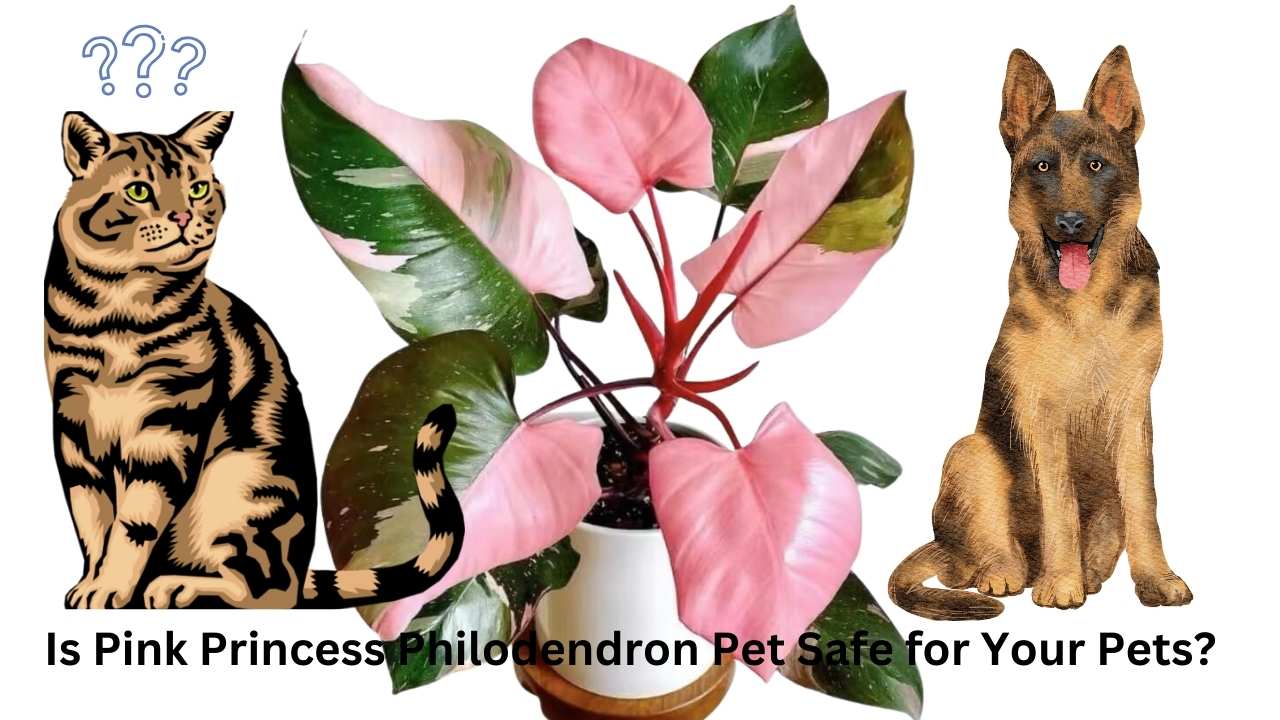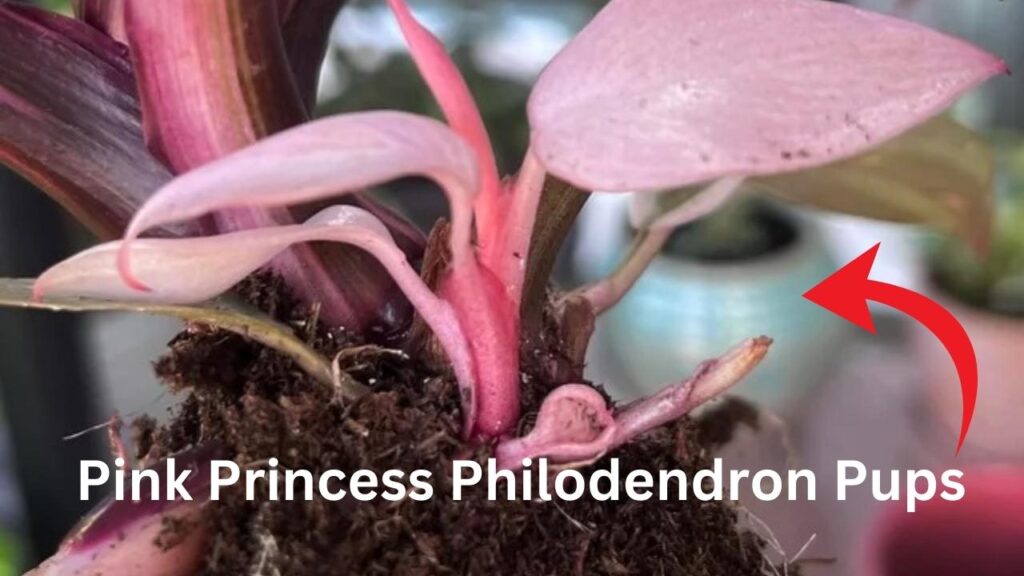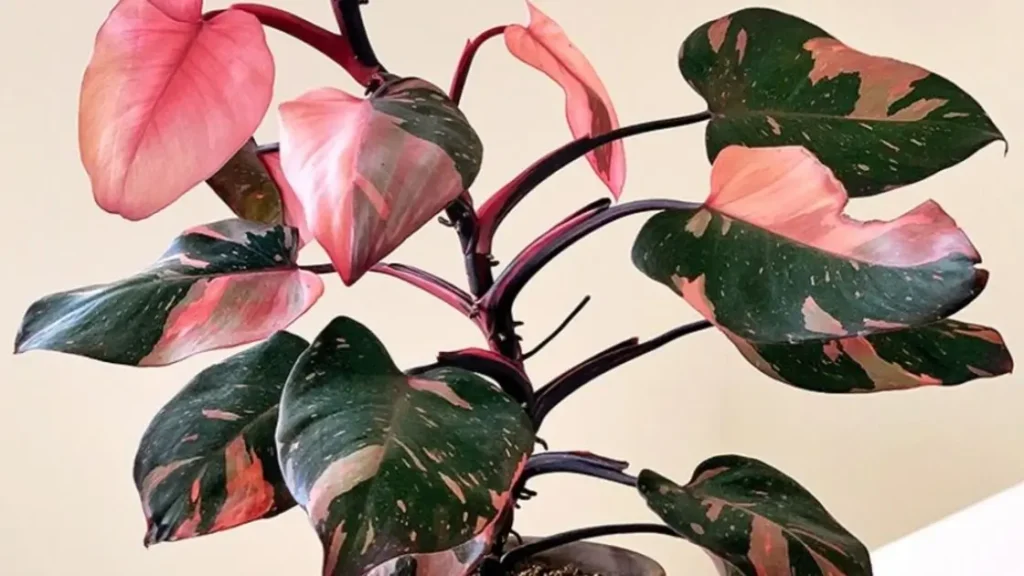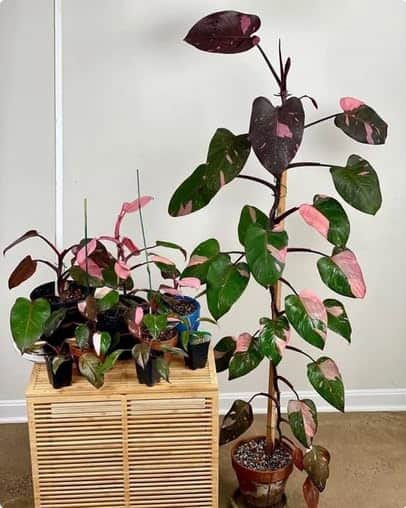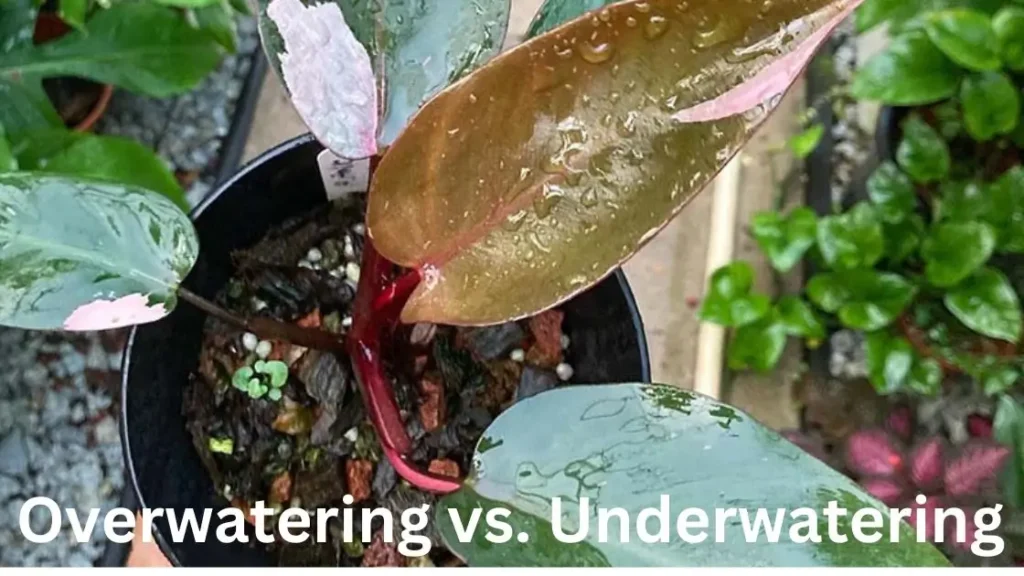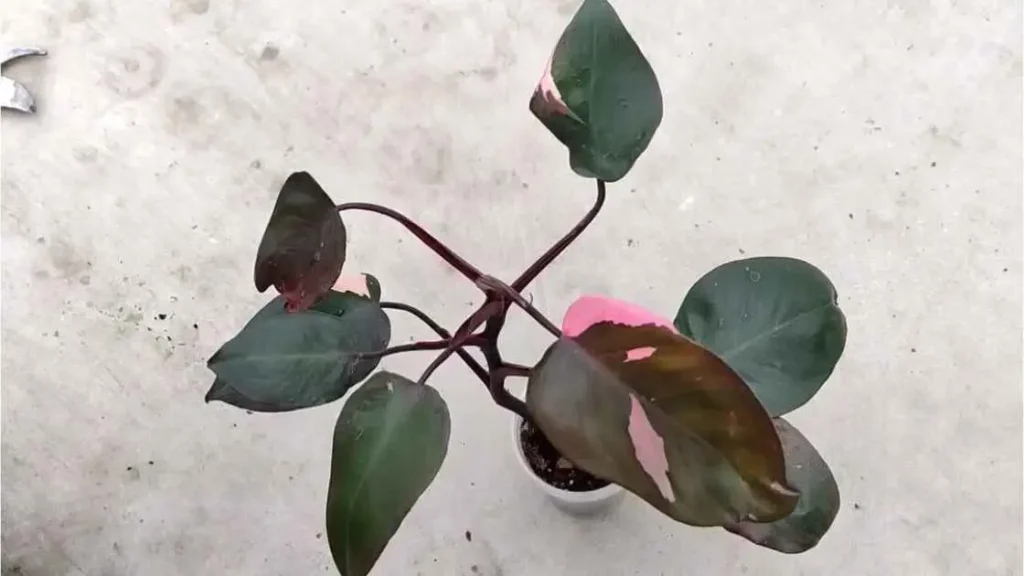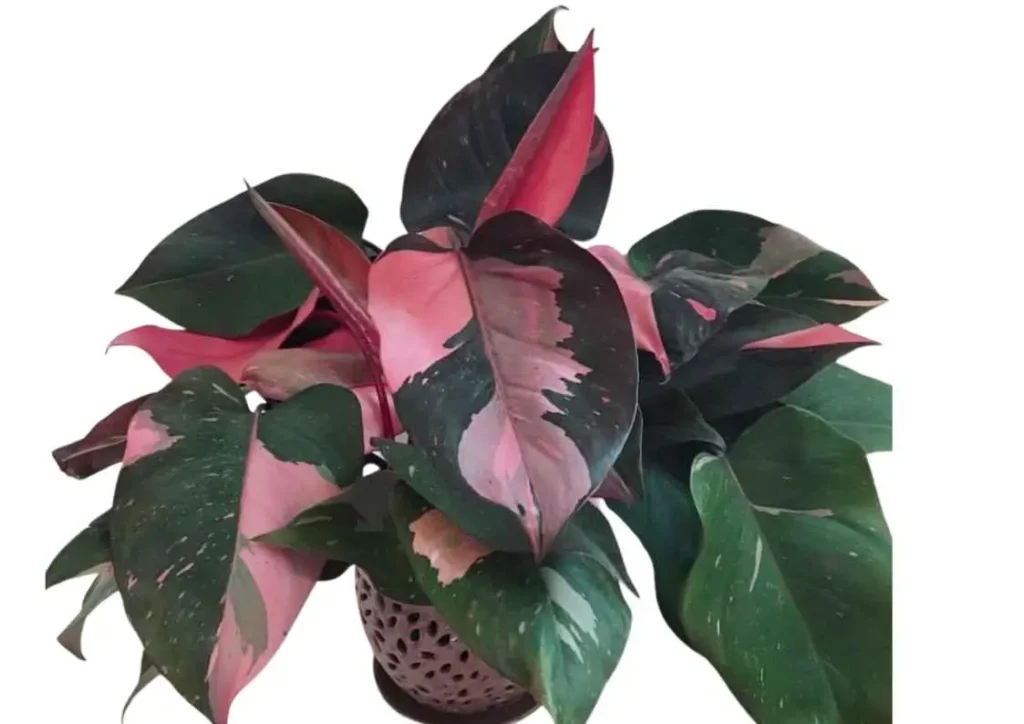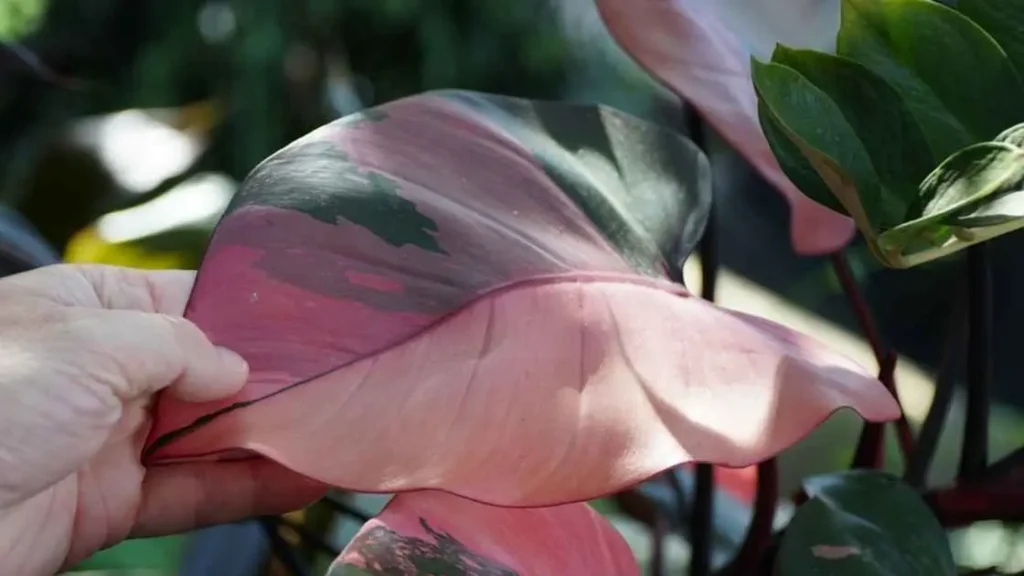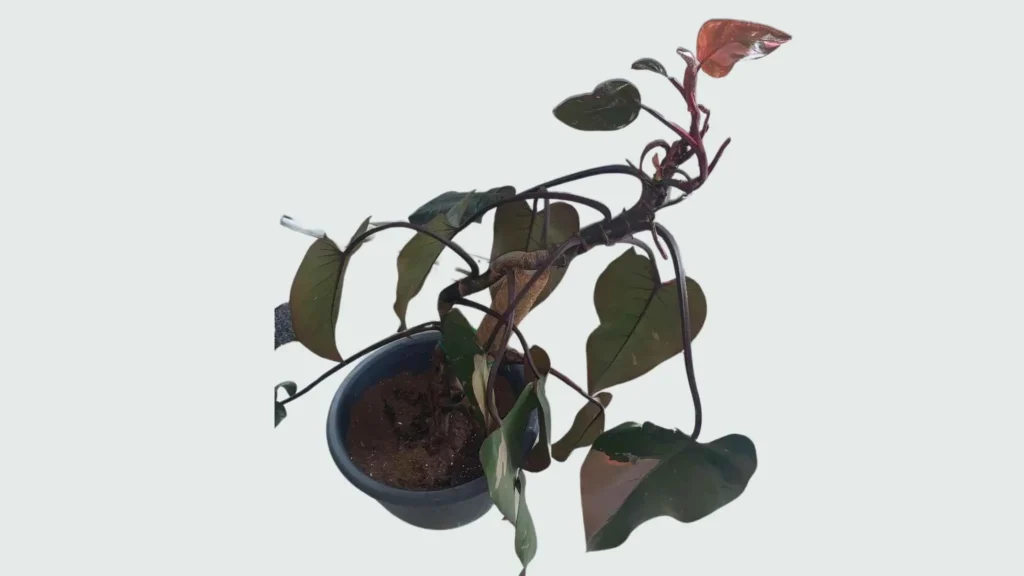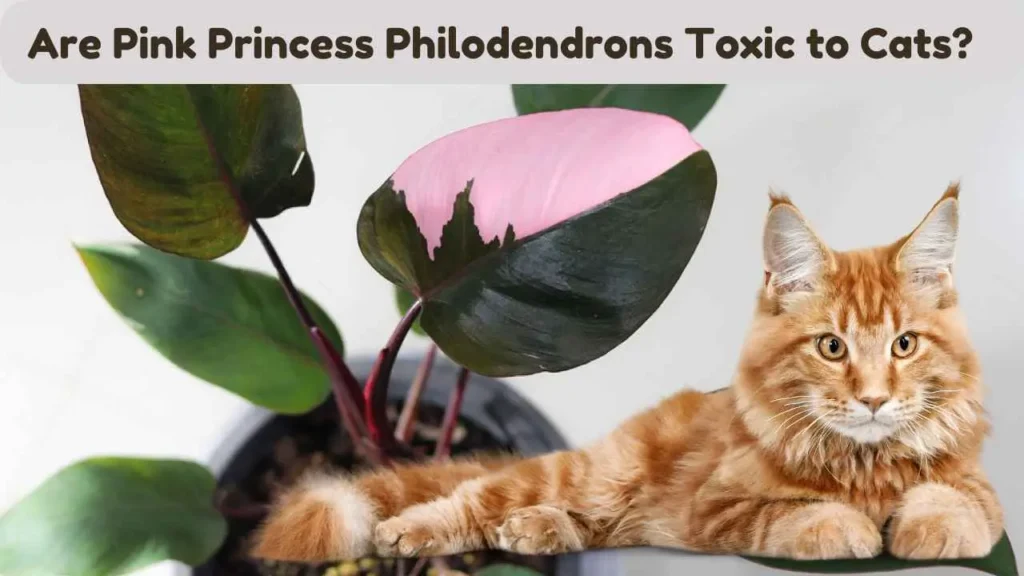Table of Contents
ToggleDo you love the striking look of the Pink Princess Philodendron but worry about its safety for your pets? As pet owners, we know how important it is to choose plants that aren’t just beautiful, but also safe for our furry friends. The big question is: Is the Pink Princess Philodendron safe for pets, or could it be a hidden danger? In this guide, we’ll break down everything you need to know about this popular plant—its potential risks, what symptoms to watch for, and safe alternatives. By the end, you’ll have the knowledge to make the best choice for both your plants and your pets.
Is Pink Princess Philodendron Pet Safe? Understanding the Risks
So, let’s get straight to the point: Is the Pink Princess Philodendron pet safe? Sadly, the answer is no. This plant is toxic to pets, including both cats and dogs. The main reason for its toxicity comes from a substance it contains called calcium oxalate crystals.
These tiny crystals are sharp and can cause serious irritation if your pet chews on the leaves or stems. When a cat or dog bites into the plant, these crystals can embed themselves in the soft tissues of the mouth, throat, and stomach. This can cause:
- Drooling
- Vomiting
- Oral irritation (your pet may paw at its mouth)
- Difficulty swallowing
Why is Pink Princess Philodendron Toxic?
The Pink Princess Philodendron, like many other philodendron plants, produces calcium oxalate as a natural defense against herbivores. This substance makes the plant taste unpleasant and helps it survive in the wild. However, in your home, it poses a risk to curious pets who might be tempted to take a bite.
Even though the plant looks pretty and harmless, the effects on pets can be painful. It is important to remember that the plant is not safe for cats or dogs, even if they only eat a small part.
What Should You Watch For?
If you have a Pink Princess Philodendron and pets at home, keep an eye out for these signs that your pet may have chewed on the plant:
- Excessive drooling
- Red or swollen mouth
- Vomiting or retching
- Trouble eating or swallowing
If you notice any of these symptoms, it’s best to take action right away. We’ll cover what to do next in the following section.
What Should You Do if Your Pet Eats Pink Princess Philodendron?
So, your pet got into the plant. Now what? If you suspect your cat or dog has chewed on your Pink Princess Philodendron, it’s time to act fast. Since the plant is not pet safe, any ingestion could be harmful.
Step-by-Step Action Plan
- Stay Calm: It’s easy to panic, but staying calm will help you take quick and clear steps to help your pet.
- Remove Any Plant Pieces: If you see plant bits in your pet’s mouth, gently remove them. Be careful not to hurt your pet or push any more pieces down its throat.
- Rinse Your Pet’s Mouth: Use clean, cool water to rinse out your pet’s mouth. This can help reduce irritation from the calcium oxalate crystals.
- Check for Symptoms: Look for common symptoms like drooling, pawing at the mouth, vomiting, or signs of pain when swallowing. These are clear indicators that your pet is reacting to the plant.
- Call Your Vet Immediately: Even if symptoms seem mild, it’s best to contact your vet right away. Tell them what happened and that the plant involved is the Pink Princess Philodendron, which is not pet safe.
- Visit the Vet: If the symptoms are severe or your vet advises it, take your pet in for an exam. Your vet may provide treatments like pain relief or fluids to help your pet recover.
Why Quick Action Matters
The quicker you respond, the better the outcome for your pet. The irritation caused by the plant’s crystals can escalate quickly. Acting fast can help prevent more serious issues and reduce the pain your pet feels.
Remember, the Pink Princess Philodendron may look pretty, but it’s not a safe choice if you have pets at home. Knowing what to do in an emergency can make all the difference.
Safe Alternatives to Pink Princess Philodendron for Pet-Friendly Homes
Since the Pink Princess Philodendron is not pet safe, you may want to choose plants that are safe for cats and dogs. You don’t have to give up having beautiful greenery in your home. Many stunning, non-toxic plants are perfect for pet-friendly households.
Pet-Safe Plant Options
- Spider Plant
The spider plant is non-toxic and easy to care for. It’s also safe for both cats and dogs. Its bright green leaves add a lovely touch to any room, and pets often leave it alone. - Boston Fern
Boston ferns are great for adding lush, green foliage to your home. They are completely safe for pets and easy to maintain, making them a perfect choice for pet owners. - Areca Palm
This plant is pet-friendly and adds a tropical feel to your space. The areca palm is non-toxic and safe for curious pets who may want to sniff around. - Calathea Plant
Calathea plants have beautiful, colorful leaves. They are safe for pets and add a unique look to your indoor garden. It’s a wonderful choice if you’re worried about keeping your home pet-safe. - Baby’s Tears Plant
This is a small, delicate plant that is safe for both cats and dogs. It’s a great option for terrariums or as a ground cover in larger pots.
Switching to these pet-safe alternatives means you can enjoy indoor plants without the worry. While the Pink Princess Philodendron looks stunning, it’s better to choose a safer option if you have pets at home.
Why Choose Pet-Safe Plants?
Choosing pet-safe plants helps you create a beautiful home without worrying about your pets getting sick. You can enjoy indoor gardening and know your furry friends are safe. Unlike the Pink Princess Philodendron, these alternatives give you peace of mind.
These plants offer great variety and beauty, making them perfect for both plant lovers and pet owners. When you ask yourself if a plant like the Pink Princess Philodendron is pet safe, remember that there are safer choices available for your home.
Tips for Keeping Your Plants and Pets Safe Together
If you still want to keep your Pink Princess Philodendron, even though it’s not pet safe, you need to take extra steps. Many pet owners love their plants and pets equally, so it’s important to find a balance. Here are simple tips to keep your pets safe while enjoying your plants.
1. Place Plants Out of Reach
One of the easiest ways to prevent issues is to keep your plant out of your pet’s reach. Use high shelves, hanging planters, or wall-mounted pots. Cats, especially, are good at jumping, so make sure the plant is truly out of reach.
2. Train Your Pets
Training your pets to stay away from certain areas or objects can be helpful. Use simple commands like “no” or “leave it” when they go near your plants. Reward them when they listen. This can help prevent them from chewing on leaves, especially if you have a plant that is not pet safe, like the Pink Princess Philodendron.
3. Use Pet Deterrents
There are sprays available that can deter pets from chewing on plants. These sprays have a bitter taste, which discourages cats and dogs from taking a bite. Make sure to use pet-safe sprays that do not harm your plants.
4. Create a Pet-Safe Zone
Set up a special spot in your home where you keep all your non-toxic, pet-safe plants. This can be a separate room or a high shelf area. This way, your pets can roam freely without any risk of chewing on a toxic plant.
5. Keep an Eye on Your Pets
Even with precautions, always watch your pets if they are near your plants. Pets can be curious and may still find a way to nibble. By supervising them, you can stop any problems before they start.
Why These Steps Matter
These steps help create a safer home for your pets and allow you to enjoy indoor gardening without worry. While the Pink Princess Philodendron is not pet safe, careful placement and supervision can reduce the risks. It’s all about finding a balance that works for both your pets and your plants.
Educating Your Household: Tips for New Pet Owners
If you’re new to owning pets and plants, it’s important to know which plants are safe and which are not. Many first-time pet owners don’t realize that some common houseplants, like the Pink Princess Philodendron, are not pet safe. Here’s how you can make your home a safer place for both your new pet and your plants.
1. Learn About Toxic Plants
Before bringing a new plant into your home, check if it’s safe for pets. Many beautiful plants can be toxic, including the Pink Princess Philodendron. It’s best to research or ask your local plant store about the plant’s safety for cats and dogs.
2. Teach Your Family About Plant Safety
Make sure everyone in your household knows which plants are toxic. This includes kids, roommates, or anyone who might interact with the plants. Tell them not to touch or move any plants that could be harmful to your pets.
3. Set Up Safe Spaces for Your Pet
Create areas in your home where your pet can roam freely without worrying about toxic plants. This way, you can have peace of mind knowing your pet is safe. Keep any plant that is not pet safe, like the Pink Princess Philodendron, in a separate, closed-off room if you still want to keep it.
4. Be Mindful of New Plants
It’s easy to get excited about a new plant. But before you bring it home, check if it’s safe for your furry friends. Look for pet-safe labels or ask about the plant’s safety. Remember, it’s better to be safe than sorry.
5. Keep Emergency Contacts Handy
It’s a good idea to have the phone number of your vet or a pet poison control center saved in your phone. If your pet does eat a plant that is not pet safe, like the Pink Princess Philodendron, you can get quick help.
Why This Matters
Being informed and sharing this knowledge with your household can help prevent accidents. It’s all about creating a safe environment for your pets while still enjoying your plants. Knowing that the Pink Princess Philodendron is not pet safe can save you from unexpected trips to the vet and keep your pets healthy and happy.
Conclusion
So, is the Pink Princess Philodendron pet safe? The clear answer is no. While it’s a stunning plant that many indoor gardeners love, its toxicity to pets makes it a risky choice if you have cats or dogs at home.
The Pink Princess Philodendron contains calcium oxalate crystals, which can cause pain and discomfort if ingested by pets. Cats and dogs may suffer from drooling, vomiting, and difficulty swallowing. If your pet chews on this plant, quick action and a call to the vet are essential.
For those who want to enjoy beautiful houseplants without worrying about their furry friends, it’s best to consider pet-safe alternatives. Options like Spider Plants, Boston Ferns, and Calatheas are safe and still add greenery to your space.
In the end, choosing plants that are safe for pets helps create a happier, worry-free home. If you are ever unsure, always ask yourself: Is this plant safe for my pets? Knowing that the Pink Princess Philodendron is not pet safe can help you make better choices for your home and your beloved animals.
Stay informed, choose wisely, and enjoy a healthy, beautiful space with your pets.
Frequently Asked Questions (FAQs)
Can I keep a Pink Princess Philodendron if I have pets?
Yes, but it’s risky. The Pink Princess Philodendron is toxic to cats and dogs. If you choose to keep it, place it out of your pets’ reach and monitor them closely.
What should I do if my pet eats part of a Pink Princess Philodendron?
Remove any plant pieces from your pet’s mouth and rinse their mouth with water. Contact your veterinarian immediately for further advice.
Are there pet-safe alternatives to the Pink Princess Philodendron?
Yes, there are many pet-friendly plants. Options include Spider Plants, Boston Ferns, Areca Palms, and Calatheas. These plants are non-toxic to cats and dogs.
How can I prevent my pet from chewing on houseplants?
Place plants out of your pet’s reach, use hanging planters, or create a designated plant area that’s off-limits. Training and pet-safe deterrent sprays can also help.
What are the signs that my pet has ingested a toxic plant?
Common signs include drooling, vomiting, pawing at the mouth, and difficulty swallowing. If you notice these symptoms, contact your veterinarian promptly.
Related
Discover more from Pink Philodendron
Subscribe to get the latest posts sent to your email.

